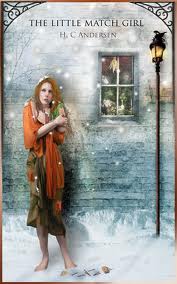 While driving to Los Angeles and back this past weekend, I had a good long think about how best to leverage my limited resources to get the most out of social media.
While driving to Los Angeles and back this past weekend, I had a good long think about how best to leverage my limited resources to get the most out of social media.
I’ve been a Twitter hold out for too long, reasoning that I simply didn’t have the bandwidth to Tweet as well as post on this blog five days a week. But now I see that I can’t stay in the arts journalism conversation without developing a presence on Twitter. And after a bit of experimenting over the weekend, I also realize that I quite enjoy the quick and dirty nature of Tweeting.
But how to make room for this extra activity without losing my mind, which already feels like an overstuffed suitcase?
One answer is to be smarter about blogging.
For more than five years, I’ve stuck to my routine of blogging five days a week, whether I have something interesting to say or not. I’ve only made exceptions to this rule while traveling. But this approach, though the routine feels good, may be a less productive use of my time and energy at this point than combining occasional blogposts written for newsworthy or thought-provoking reasons with occasional Tweets.
I’ll experiment with this strategy for a while and see what happens at any rate.
Oh, and by the way, you can find me on Twitter at @chloeveltman.
In other news, I must say a few words about the amazing Jacaranda Music Series in Santa Monica, which I experienced for the first time on Saturday night. I don’t think I’ve ever attended another chamber concert series like it. Artistic director Patrick Scott is extremely smart about putting together a program that provokes the mind as well as the heart and soul.
Saturday evening’s lineup, entitled “Perilous Balance”, explored contrasts in a way that felt thrillingly unsettling.
An organ and trombone piece by Alfred Schittke, “Sound and Resound” (1983) showed us how much sympatico exists between these two unlikely musical instruments and yet kept tipping over into strange sonic terrain with perfect octave intervals collapsing in on themselves.
Elliott Carter’s
“Sonata for Flute, Oboe, Cello & Harpsichord” (1952) oscillated between smooth lines and angular, jarring tonalities.
A solo organ piece by Sophia Gubaidulina, “Light and Darkness” (1976), sparkled at the top and throbbed like an engine at the bottom.
In her atmospheric string quartet, “Night Fields” (1994), Joan Tower also explored the tipping-point between two states of light and darkness, creating a landscape that felt as murky as it did luminescent.
And “The Little Match Girl Passion,” David Lang’s Pulitzer Prize winning work for SATB vocal quartet and percussion, presented, with perfect icicle stillness, the moment when life becomes the afterlife.
If I lived in Southern California, I would attend the Jacaranda Music Series religiously.
